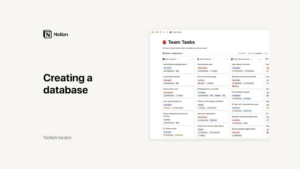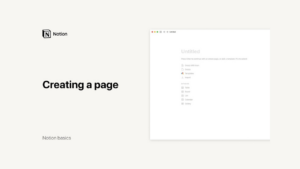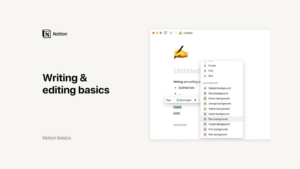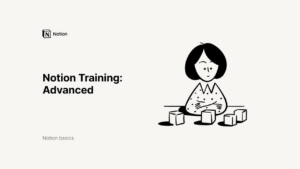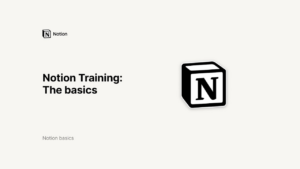Lesson 8: Freelancing Complete Course
How to Build an Outstanding Freelance Portfolio Without Clients: A 2024 Tutorial for Beginners
In today’s competitive freelancing landscape, having a compelling portfolio is crucial for attracting clients and showcasing your skills. But what if you’re just starting out and don’t have any clients yet? Don’t worry! This guide will show you how to create an impressive freelance portfolio even if you’re a complete beginner.
Why a Portfolio is Essential
A portfolio is a collection of your work that demonstrates your skills, experience, and style to potential clients. It’s often the first thing clients look at when deciding whether to hire you. A well-crafted portfolio can set you apart from the competition and establish your credibility.
Step 1: Understand the Basics of a Portfolio
Before you start creating your portfolio, it’s important to understand what a good portfolio looks like in your field. Here’s how to get started:
Research Existing Portfolios:
- Use Google to search for portfolios in your niche. For example, search for “graphic design portfolios” or “web development portfolios.”
- Look for templates and layouts that you can use as inspiration.
Analyze Top Freelancers:
- Visit freelancing platforms like Upwork, Fiverr, and Freelancer.com.
- Check the profiles of top freelancers in your niche to see how they present their portfolios.
Step 2: Create Your Own Projects
Since you don’t have client work to showcase yet, you can create your own projects to demonstrate your skills. Here are some strategies to build your portfolio from scratch:
Offer Free Work:
- Approach local businesses, startups, or non-profits and offer to do small projects for free.
- Explain that you’re building your portfolio and would appreciate the opportunity to showcase your skills.
- Examples of free work include designing a logo, creating a website, or managing a small social media campaign.
Mock Projects:
- Create hypothetical projects for imaginary clients. For instance, design a website for a fictional business or create branding materials for a made-up company.
- Treat these projects as if they were real client work. Pay attention to detail and quality.
Volunteer Work:
- Offer your services to friends, family, or community organizations. This not only helps you build your portfolio but also provides valuable experience.
Step 3: Showcase Your Skills and Expertise
Your portfolio should highlight your strengths and the specific services you offer. Here’s how to do it:
Highlight Your Skills:
- List the skills you want to be known for, such as graphic design, SEO, or web development.
- Create projects that demonstrate these skills clearly.
Write Detailed Case Studies:
- For each project in your portfolio, write a detailed case study.
- Explain the problem, your approach, the tools you used, and the results you achieved.
- Include screenshots, mockups, and any other visual elements that help tell the story.
Include Testimonials:
- If you’ve done free work or volunteer projects, ask for testimonials from those you’ve helped.
- Even brief endorsements can add credibility to your portfolio.
Step 4: Use Online Tools to Create Your Portfolio
There are several online tools available that make it easy to create a professional-looking portfolio:
Canva:
- Use Canva to design visually appealing portfolio pages.
- Canva offers numerous templates that you can customize to fit your brand.
Behance:
- Behance is a popular platform for creatives to showcase their work.
- Create a profile and upload your projects. Behance allows you to connect with other professionals and potential clients.
Personal Website:
- Consider creating a personal website to host your portfolio. Platforms like WordPress, Wix, and Squarespace offer easy-to-use templates.
- A personal website gives you complete control over your portfolio and can include a blog, contact form, and more.
Step 5: Promote Your Portfolio
Once your portfolio is ready, it’s time to promote it and attract potential clients:
Social Media:
- Share your portfolio on social media platforms like LinkedIn, Twitter, and Instagram.
- Join relevant groups and communities where you can showcase your work and network with others in your industry.
Freelancing Platforms:
- Update your profiles on freelancing platforms to include a link to your portfolio.
- Ensure your portfolio is visible and easy to navigate.
Networking:
- Attend industry events, webinars, and workshops.
- Share your portfolio with potential clients and other professionals in your field.
Step 6: Keep Your Portfolio Updated
As you gain experience and complete real client projects, continue to update your portfolio:
Add New Projects:
- Regularly add new projects to showcase your latest work and skills.
- Remove older projects that no longer represent your best work.
Seek Feedback:
- Ask peers and mentors for feedback on your portfolio.
- Use their insights to improve and refine your presentation.
Reflect Your Growth:
- Highlight your growth and development as a professional.
- Show how your skills have evolved and the new techniques you’ve mastered.
Conclusion
Building a freelance portfolio without clients might seem challenging, but with creativity and effort, it’s entirely possible. By offering free work, creating mock projects, and using online tools, you can develop a portfolio that showcases your skills and attracts clients. Keep your portfolio updated and continue to promote it to build a successful freelancing career. Remember, a strong portfolio is your ticket to landing gigs and growing your freelance business.
Credits: this video is available on the YouTube channel WsCube Tech




